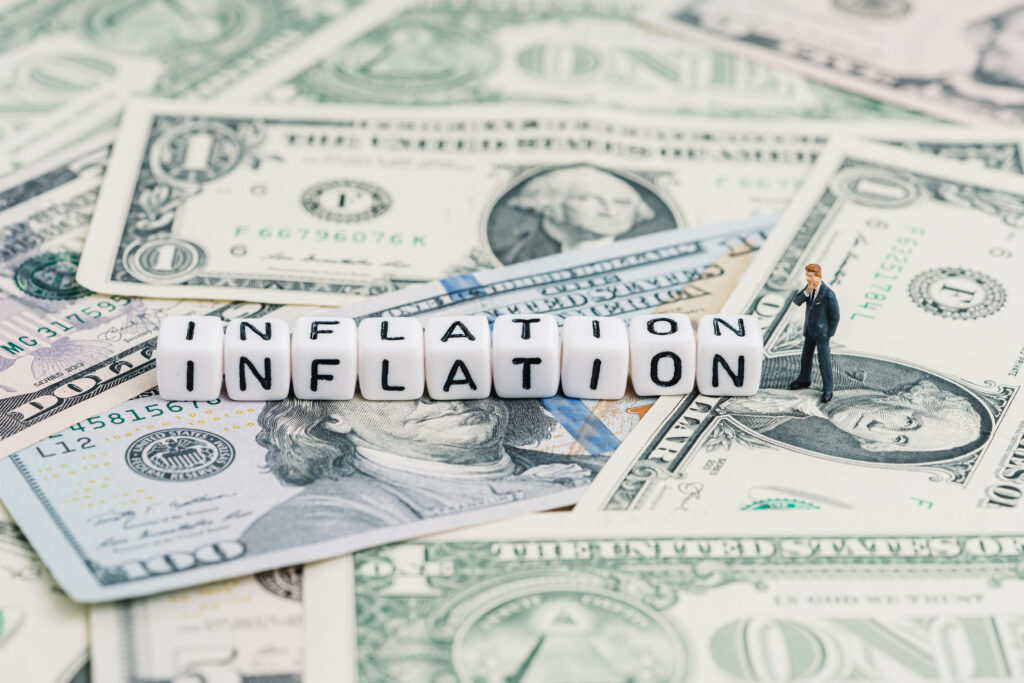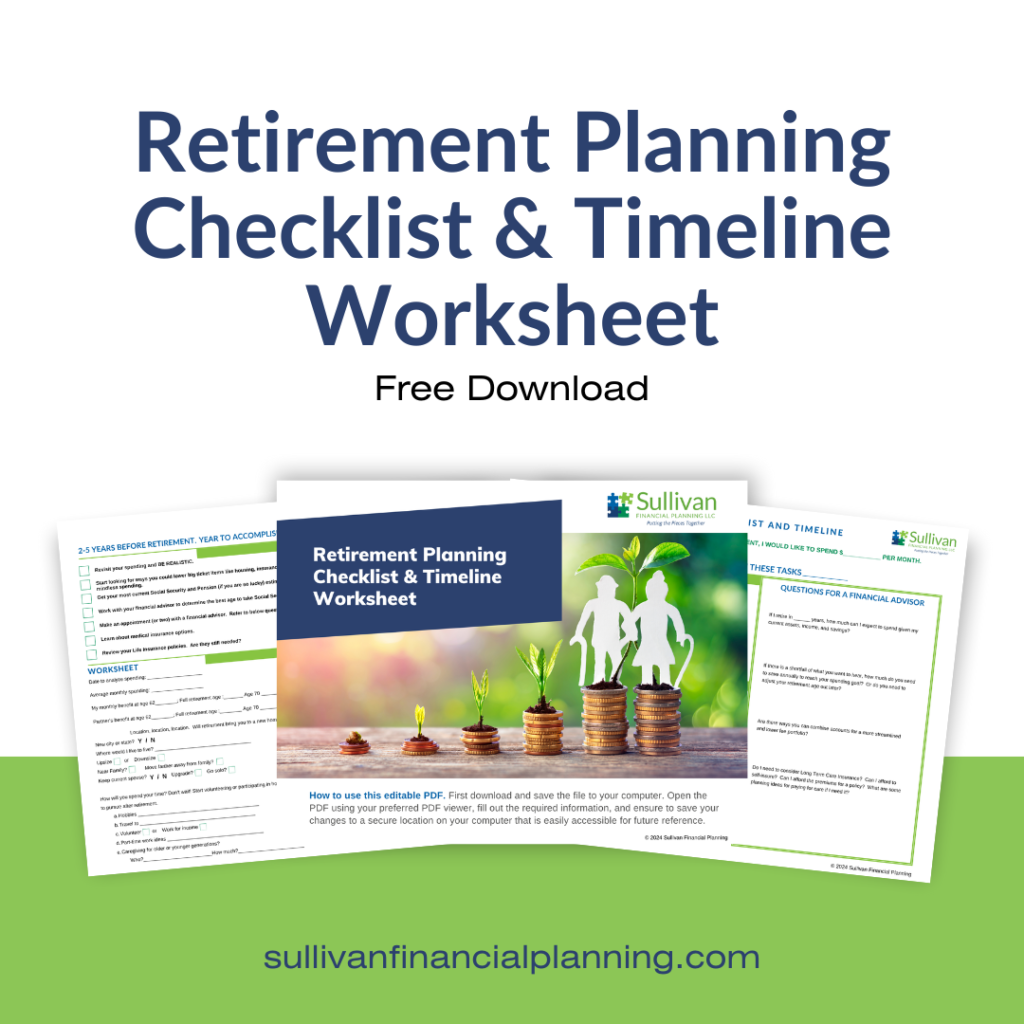If it bleeds it leads and that can certainly be said about the media frenzy around high inflation rates. Of course, prices are going up and it’s uncomfortable. But are all your costs going up 8%? Maybe, maybe not.
The Consumer Price Index is the measure most often cited to show the cost of a basket of goods and its relative rise and fall. That basket includes the following; Food (groceries and eating out), Housing (rent, owner’s equivalent rent), Apparel, Transportation (new cars, airfare, gasoline), Medical Care, Recreation (TVs, pets, toys, tickets, sports equipment), Education and Communication (college tuition, phone services), and Other Goods and Services (tobacco, haircuts, funeral expenses).
The list above is not exhaustive, and the items in parenthesis are only examples of all that are included in each category. There are over 200 items in all.
But, looking at these examples, how many of them apply to you? This is where the idea of a Personal Inflation Rate comes in. Your basket of goods is not the same as these 200 items comprising the CPI.
Maybe you are a homeowner with a 30-year fixed mortgage, so rent inflation is not an issue. If you have kids starting college in the next 10 years, college inflation really hurts. Perhaps you can plan your trips well in advance and lock in lower travel costs, so spikes in airfare prices can be avoided.
If you are not in the market to buy a new car, don’t drive very much, or don’t eat meat, and your kids are though college, many of the elements comprising the 8%-ish inflation rate aren’t affecting your bottom line.
As always, take the headlines with a grain of salt. Think about your personal situation, control what you spend on, stay steady with your investments, and revisit your financial plan at least once per year with your advisor.



